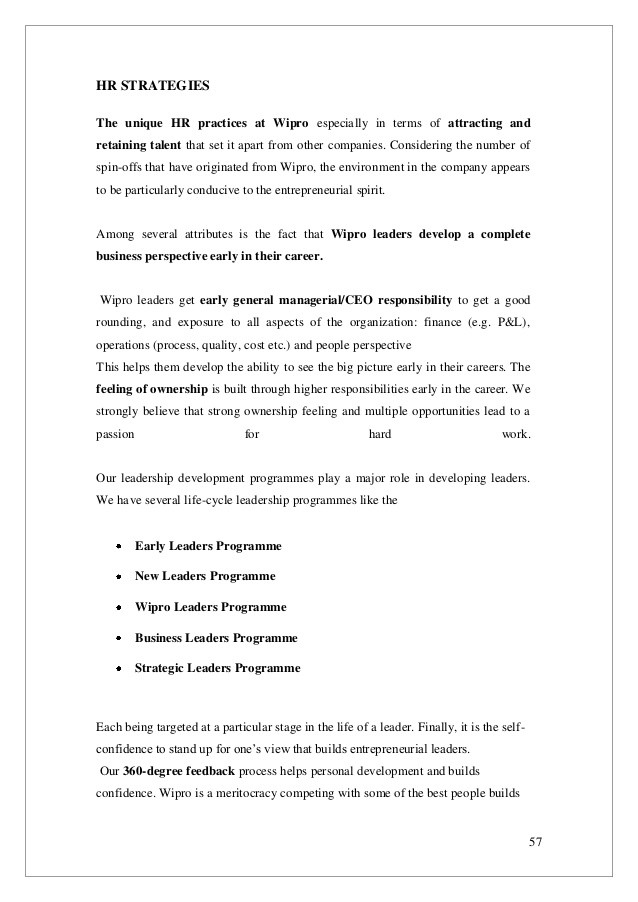How companies can attract top female talent Yahoo Finance Canada
Post on: 8 Октябрь, 2015 No Comment

Focus: Careers
Greater gender balance in the workplace – especially in leadership positions – can help companies improve their organizational performance, operating results and market valuations, states Axiom Consulting Partners, a firm that helps businesses to clarify strategy, focus on value and achieve sustainable, profitable growth. Yet, the company states that men still dominate leadership positions. and companies often have policies that discourage women from rising to the top. What, then, can companies looking to achieve a greater gender balance do to make themselves more female-friendly in terms of work environment, workplace culture and benefits?
Women in Charge
In 2011, women held just 16.6% of board seats in Fortune 500 companies, according to a 2012 study by Catalyst, a nonprofit organization focused on expanding opportunities for women in business. The study reported that in 2011 women held 3.3% of board chairs, 8.4% of lead directors, 15.9% of audit committee chairs, 11.3% of compensation committee chairs and 19.0% of nominating/governance chairs.
However, common explanations for why women don’t hold or aren’t qualified for many advanced positions within companies, such as a lack of commitment, lack of ambition or leaving work to care for family, may be untrue.
If a company really wants to attract and retain top female talent, it must make more effort in the area of talent development, says Adrienne Graham, a 20-year recruiting veteran and founder and CEO of EmpowerMe. a business growth strategies consulting firm. Graham offers a number of paths companies can pursue to achieve talent development and retention of their female employees: professional development, career coaching, mentoring and grooming for bigger projects and promotions, and better communication and guidance regarding each woman’s career trajectory. She adds that some companies’ women’s affinity programs are in name only as a gesture to stay out of compliance trouble.
Alisa Cohn, an executive coach, MBA and CPA, works with women to help them achieve success as leaders and executives. She says that when women see people like them rising in the ranks at work, they believe it is possible for them to rise into senior positions, too.
Cohn offers two tools companies can implement to ensure a pipeline of women rising into senior positions. The first is mentorship programs where a senior executive takes a woman under his or her wing and evaluates her job performance, gives advice and helps her strategize how to make the most of her opportunities. The mentor should also improve visibility of her sponsor’s accomplishments by promoting her name in front of her peers and throughout the company, Cohn says.
“When a company formally or informally encourages its senior leaders to mentor and sponsor women, the company becomes a better place to work for women overall, and more women are promoted into senior ranks,” Cohn says. “The result is more of a critical mass of women and a climate of comfort for women, which causes its own upward virtuous cycle.”
Cohn also recommends what she calls “executive presence training.” She says that women who are ready to take on larger, more visible roles at work sometimes don’t come across as confident. By training women to develop an executive presence in terms of gravitas, communication and appearance, companies create a larger cadre of women who can command the room. Senior leaders are then more likely to put those women into high-stakes and high-visibility situations, she says.
Work–Life Balance
Women want to rise to the top, but they don’t want to give up every other component of their lives to do it. We all want to be able to have balance in our lives, whether it’s balancing work and family or balancing work and school .
Amy Zhang, CPA and managing member of Affinity Fund Services in San Francisco, was the youngest manager in her previous firm when she was promoted, but she decided to quit two years later. She saw that the female partners in her firm worked long, crazy hours and constantly struggled to balance work and family during the firm’s busy season. She also saw that their contributions weren’t valued as much as those of the male partners since they weren’t as loud.
“Male partners usually go out and bring back business,” Zhang says. “The female partners aren’t as social, or even if they are, they don’t have the time” to be as social because of family obligations. She says the women “did a fantastic job keeping the clients happy and loyal. However, since these contributions were not as obvious, they [didn’t] seem to be valued as much.” She says women need to see the company’s female leaders demonstrating positively what it’s like to be on top while having a family. Zhang now happily runs her own hedge fund administration firm.
Flexible Schedules
“Todays most talented professionals can command a flexible work situation because there are enough organizations that offer them,” says Allison OKelly, founder and CEO of Mom Corps, a national flexible staffing firm dedicated to connecting progressive employers with high-level
professionals seeking flexible work options. “For a company looking to remain competitive and attract top talent, the solution is to find small ways to incorporate flexibility into the organization,” she says. Job-share positions in the C-suite, high-level part-time openings and more contract and temporary openings can help companies to “not only get the best talent in the door,” but also save money, O’Kelly says.
Leigh Steere, co-founder of Managing People Better, a research company that looks at gender and generational differences in management styles, lists several attributes that prevent employers from attracting and retaining top female talent:
- a commute that eats up time
- expectations to be available during a fixed set of business hours that make it difficult to volunteer in a classroom or attend childrens school and extracurricular events
- endless meetings that chew up time or get scheduled at the last minute, creating conflicts with childcare arrangements, school pickups, pediatricians appointments and other obligations
- an environment that allows a boss or colleague to commit an employee’s time without asking her first
- messages that taking time out for family or using flex options will slow or stall one’s career or that women who do so aren’t pulling their weight
- seeing similarly qualified single employees get promoted over working mothers
- business travel expectations that create logistical nightmares at home
Steere says that traditional work–life benefits like flex time, telecommuting and part-time schedules don’t help all women and suggests project-based employment as an alternative. Under such an arrangement, the employer defines the end product, deadline and compensation. A working mother gets the flexibility she needs to manage both work and family responsibilities, and the employer gets the benefits of the working mother’s expertise.
“As long as the employee delivers a quality end result by the deadline, it doesnt matter if the employee works at 2 a.m. or writes on a laptop while waiting for a child to finish soccer practice, or spends 40 hours on the project or 10 hours on it,” Steere says.

Family Friendly Benefits
According to the 2012 Working Mother 100 Best survey, a large percentage of the 100 best companies offered the following benefits that appeal to female employees:
- 100% offer paid maternity leave
- 98% offer health screening programs
- 96% offer on-site seasonal flu vaccinations
- 93% offer nutrition counseling
- 81% offer on-site fitness centers
- 100% offer telecommuting
- 62% offer dry-cleaning services
- 100% offer an on-site lactation room
- 97% offer a weight-loss program
A dramatically smaller percentage of all U.S. companies offer these benefits. For example, only 57% offer telecommuting, and only 9% offer adoption assistance. Companies that want to attract more top female talent might look to the benefits offered by the 100 best companies as a model.
The Bottom Line














